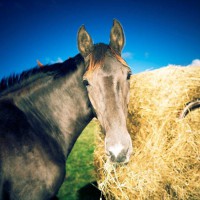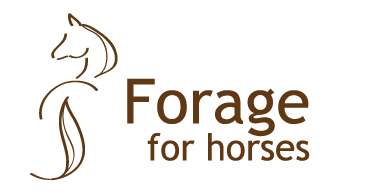Forage and forage is not the same thing

Gradually as grass grow the nutritive content changes, the delicate blades of grass in the beginning of summer are more nutritious than the high sturdy grass that has been growing for a while. Grass is built-up by plant cells and the plant cell’s cell wall is composed of cellulose fibre, hemicellulose, pectins and cell wall protein. The cell wall can be more or less lignified and the later the stage of maturity of a plant, e.g. the longer the grass has grown, the more lignified is the cell wall and the digestibility of the grass decreases. When digestibility decreases the nutritive value of the forage also decreases. Therefore an early harvested forage is nutritious with high content of digestible energy and crude protein and the later the harvest the less nutritious the forage becomes. Se motion charts here! The forage content of digestible crude protein also depends on if, how and when the ley was fertilized.
Since we have so many different types of horses doing different amounts of work, grows, are lactating etc. they also have different nutritional needs, there is a broad variation in requirements of digestible energy and crude protein. Read more about that here! Thanks to that grass grows so the content of energy and protein changes it is possible to produce different forages for different requirements.
To make it easier to choose the right forage we have divided forage into different feed classes according to nutritive content and made an interactive guide where you can in a multiple choice function click in the information about your horse and get a suggestion on appropriate forage http://www.grovfoderborsen.se/guide/ Unfortunately it is only in Swedish yet. This is also an aid for forage producers when it becomes easier to describe which type of forage they have for sale.
Sara Muhonen, AgrD
